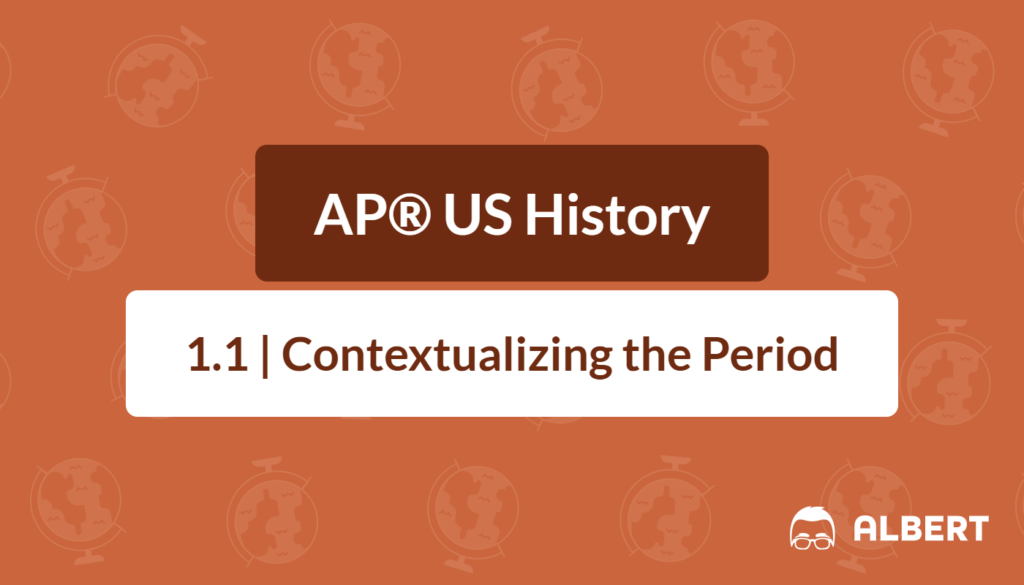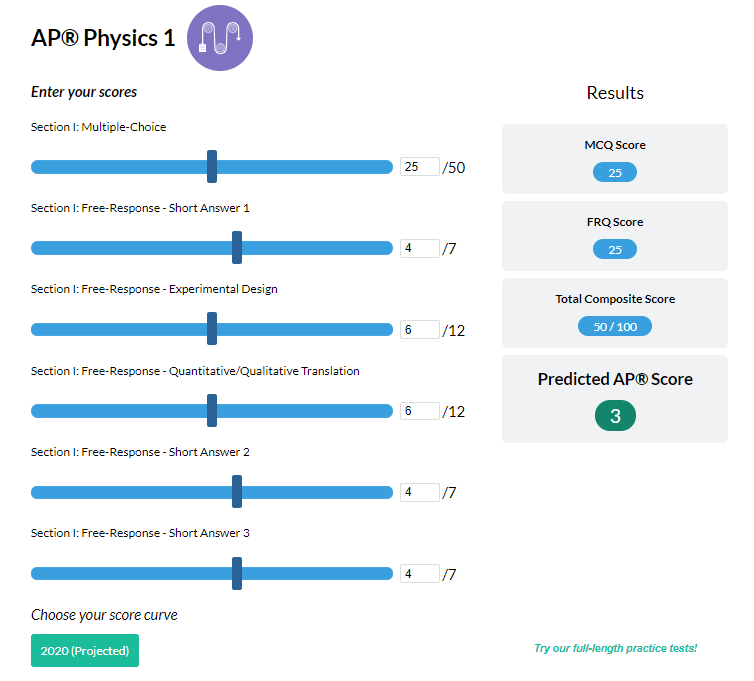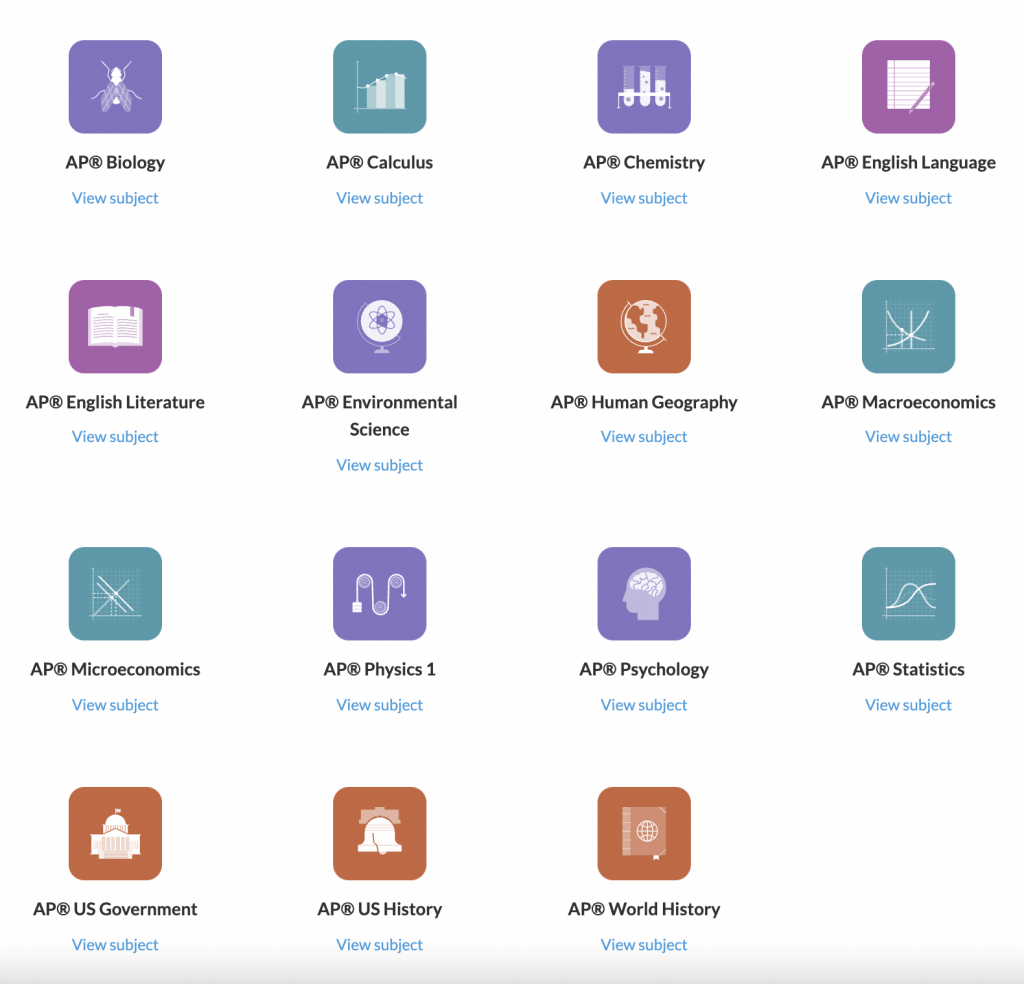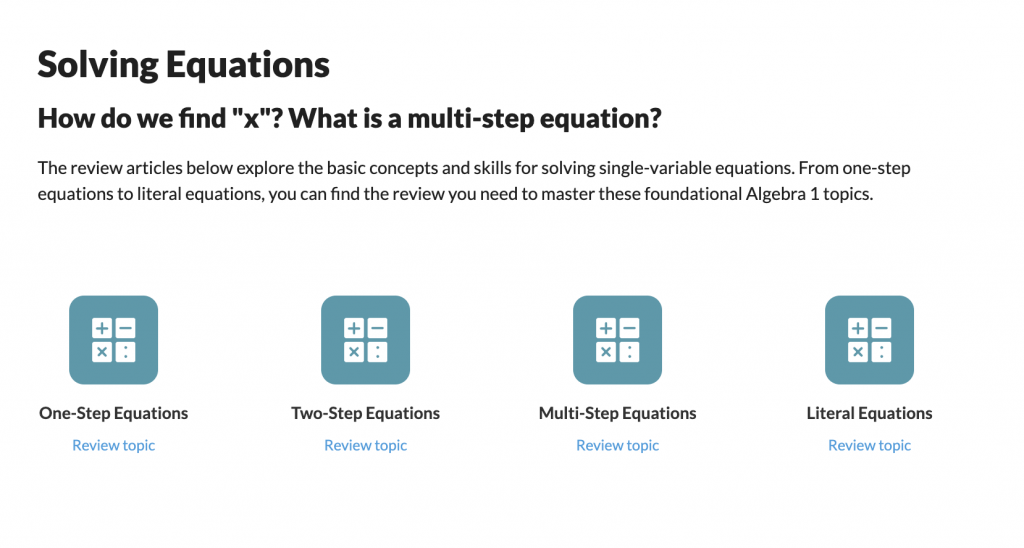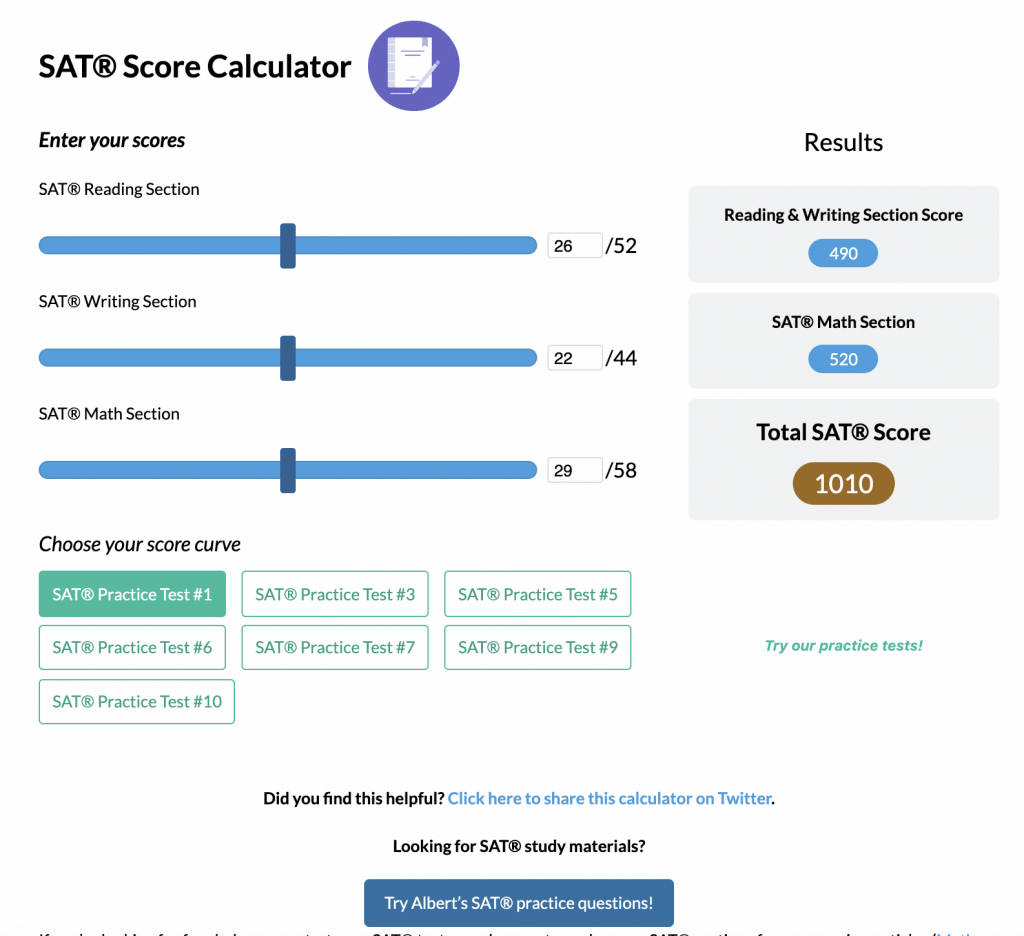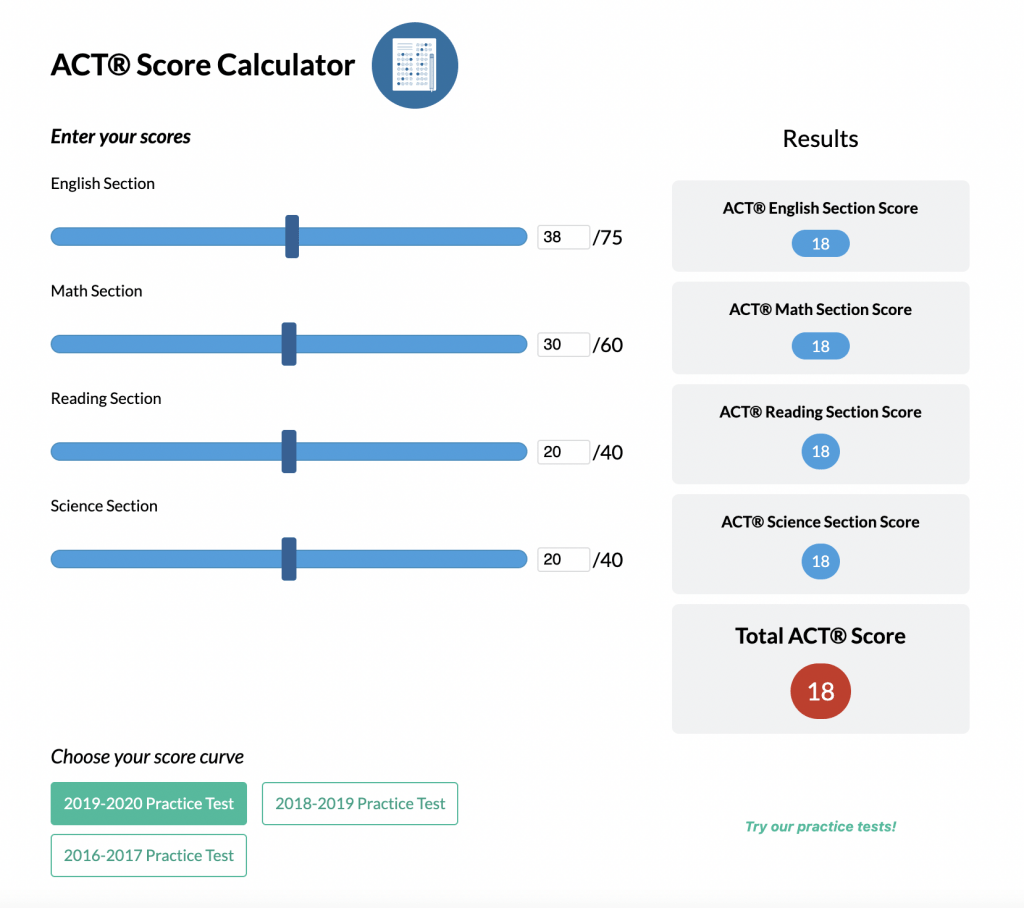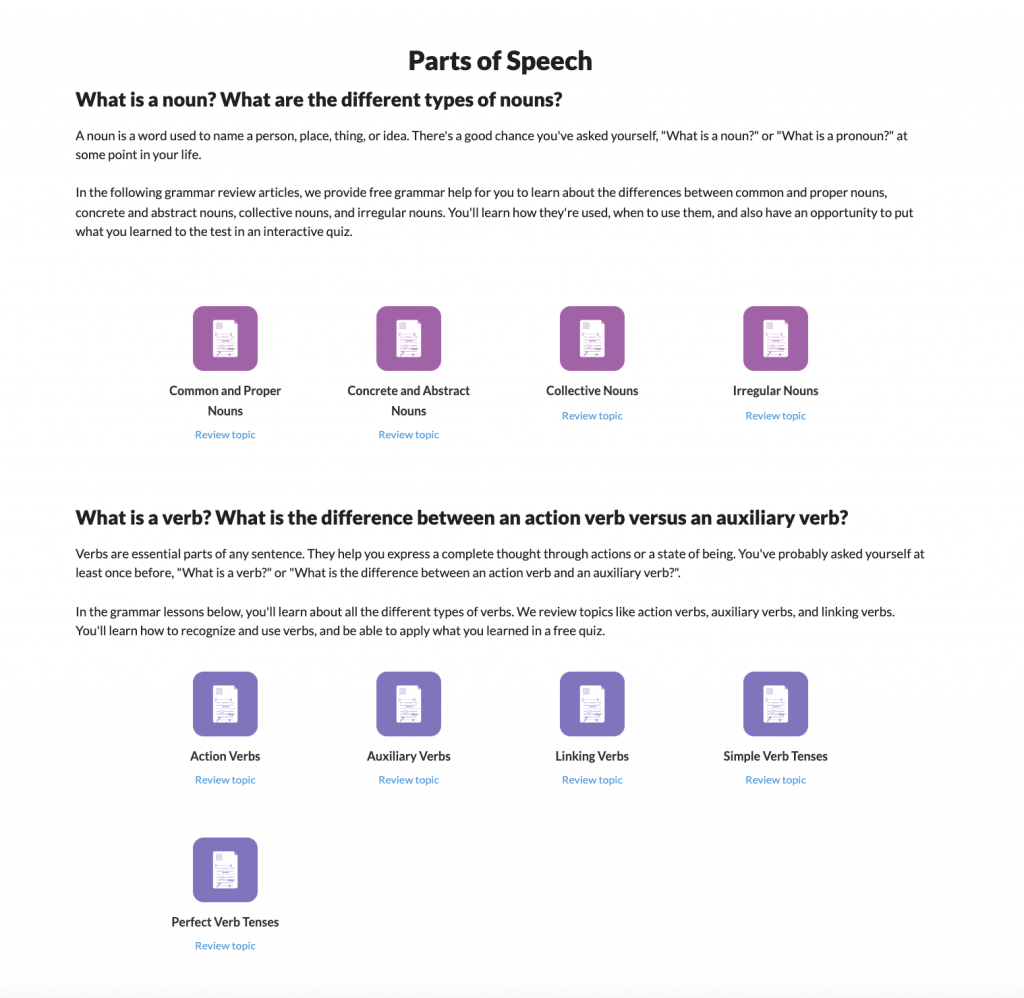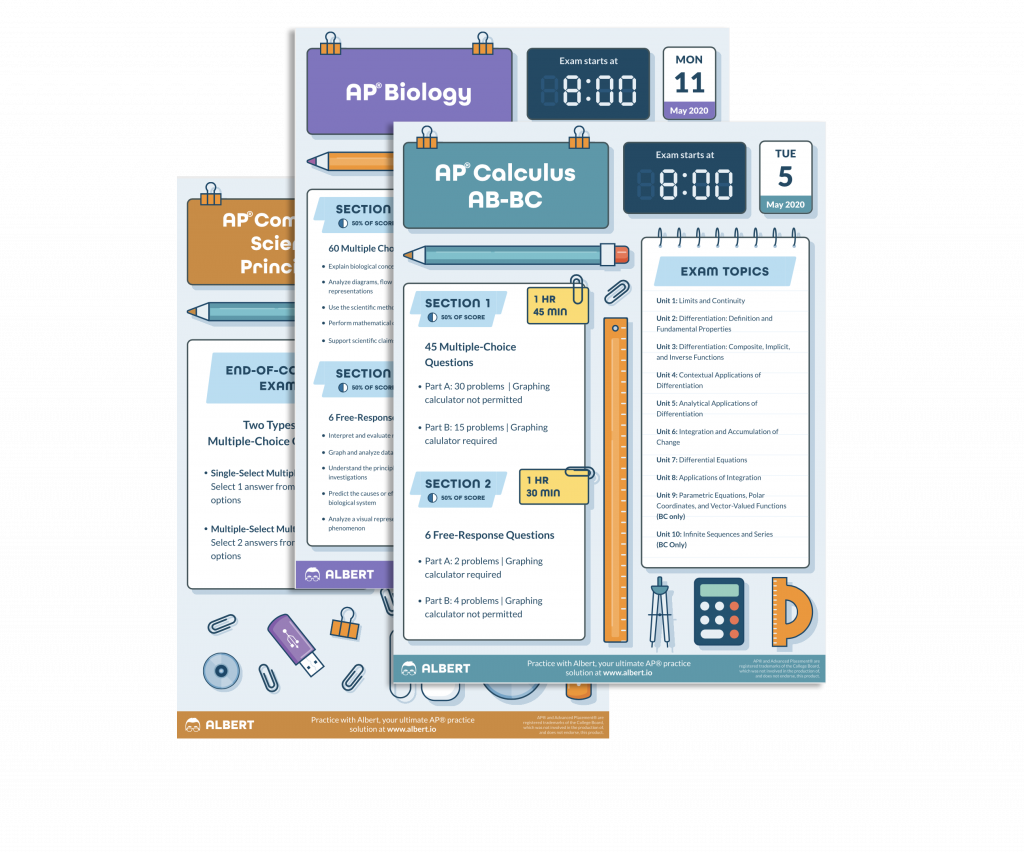What We Review
Contextualizing Period 1 (1491–1607) — A Study Guide for AP® US History Students
Understanding Period 1 (1491–1607) is essential for success in AP® US History. This era sets the foundation for later events in American history. In this study guide, you will learn about Native American societies, European exploration, the Columbian Exchange, and shifting worldviews. Pay close attention to the vocabulary support and strategies for contextualization—all designed to boost your confidence on the AP® exam.
Introduction: Why Study Period 1?
Before 1607, North America was a land of diverse cultures and civilizations. The arrival of Europeans in this period brought massive changes, especially through exploration and the Columbian Exchange. Understanding these early encounters helps explain later social, political, and economic developments in the Americas. By learning about the context for European encounters, you build a strong base for more complex topics in US History and strengthen your skills in contextualization.
Section 1: Native American Societies Before European Contact (KC-1.1)
Distinct and Complex Civilizations
For thousands of years before Europeans arrived, Native Americans migrated and settled across North America. Over time, these groups developed unique ways of life by adapting to different environments. Some lived in nomadic groups on the plains, while others built large, settled communities in fertile river valleys.
- Adaptation Examples:
- The Inuit used kayaks and built igloos in the Arctic.
- The Iroquois farmed the “Three Sisters”—corn, beans, and squash—in the northeast.
- Pueblo peoples created irrigation systems in the Southwest desert.
The Mississippian Culture & Maize
To understand later encounters between Europeans and Native peoples, it’s important to use contextualization—recognizing the complex societies that already existed, like the Mississippian culture:
- Geography: The Mississippians lived near rivers, like the Mississippi.
- Agricultural Innovation: They grew maize (corn), which provided a reliable food source.
- Food Surplus: Because maize farming was efficient, they could produce extra food.
- City Building: Surplus food allowed them to build large towns and cities, such as Cahokia, which had around 20,000 residents at its peak.
- Complex Society: These large populations needed organized government, specialized jobs, and big construction projects. They built mounds for ceremonies, showing an advanced society.
Section 2: European Exploration and Motivations (KC-1.2.I)
Why Did Europeans Explore?
New tools, stronger nations, and the desire for wealth made European kingdoms look west. Several reasons drove them:
- Economic: Seeking gold, silver, and trade routes to Asia.
- Religious: Spreading Christianity, especially for Spain and Portugal.
- Political: Gaining power and land to compete with other European nations.
Competition Shapes Society
Countries like Spain, Portugal, France, and England raced to claim new lands. This competition led to more funding for explorers, new technology (like ships and maps), and even conflicts at home. Understanding this rivalry through contextualization reveals how European ambitions shaped global power dynamics.
Example: Spain’s Motives for Colonization
Here’s how Spain became the leader in colonization:
- Gold: The Spanish monarchy wanted riches from the Americas.
- Glory: Explorers (conquistadors) sought fame and titles for new lands.
- God: The Catholic Church pushed to convert native peoples to Christianity.
- Tools: New ships, the compass, and better maps made longer journeys possible.
- Results: Conquistadors like Hernán Cortés conquered powerful empires and set up a Spanish empire in the New World.
Section 3: The Columbian Exchange and Its Impact (KC-1.2 & KC-1.2.II)
What Was the Columbian Exchange?
The Columbian Exchange was the two-way transfer of plants, animals, goods, people, and diseases between Europe, Africa, and the Americas after 1492. Through contextualization, you can see how this exchange was part of a larger shift toward global interaction and empire-building.
Major Effects
- To Europe: New foods (like potatoes and maize) improved diets and population growth.
- To the Americas: Europeans brought horses, pigs, and cattle—but also deadly diseases like smallpox, which devastated native populations.
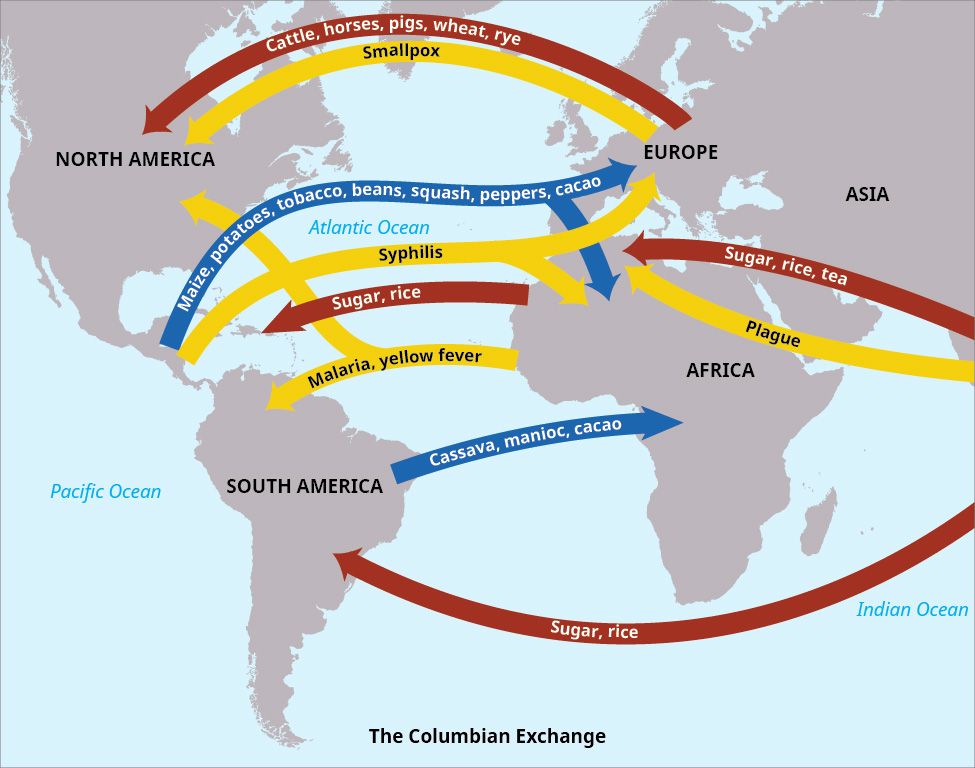
Horses and Plains Indians
Let’s look at how just one change—horses—transformed life:
- Before Horses: Plains Indians used dogs to move belongings and hunted on foot.
- Introduction: Spaniards brought horses to the Americas in the 1500s.
- Adoption: Native groups learned to ride and care for horses.
- Transformation: With horses, Plains peoples could travel farther, hunt buffalo more efficiently, and expand trade networks.
- Social Change: Societies became more mobile and powerful in warfare.
Section 4: Divergent Worldviews and Interactions (KC-1.2.III)
Different Beliefs and Practices
When Europeans, Native Americans, and Africans met, their worldviews often clashed. These differences included:
- Religion: Most Native Americans believed in many spirits, while Europeans were mostly Christian.
- Land: Natives often saw land as shared by the group; Europeans wanted to own and fence land.
- Gender Roles and Family: Some native groups had women as leaders, while Europeans tended to be male-dominated.
Quick Reference Vocabulary Chart
| Vocabulary | Definition |
| Columbian Exchange | The transfer of plants, animals, people, and diseases between the Old and New Worlds after 1492. |
| Maize | Corn, a staple crop developed by Native Americans, important for food and agriculture. |
| Mississippian Culture | A Native American civilization known for building large earthen mounds and complex societies. |
| Hernán Cortés | Spanish conquistador who led the conquest of the Aztec Empire in the early 1500s. |
| Encomienda | A Spanish system giving colonists land and Native labor in the Americas. |
| Bartolomé de Las Casas | Spanish priest who spoke out against the mistreatment of Native Americans. |
To use this chart: Copy and paste the table into your notes or Google Doc for easy review.
Conclusion: Why Contextualization Matters
Studying the context of Period 1 (1491–1607) helps explain how Native American societies thrived, why Europeans explored, and how early encounters reshaped both worlds. These roots influenced future conflict, cooperation, and cultural blending across the Americas. Use the examples, practice problems, and vocabulary to build your foundation for later APUSH topics. Remember, context is key to understanding change over time in US history!
Stay curious and keep practicing—mastery of Period 1 will support your success throughout the course!
Sharpen Your Skills for AP® US History
Are you preparing for the AP® US History test? We’ve got you covered! Try our review articles designed to help you confidently tackle real-world AP® US History problems. You’ll find everything you need to succeed, from quick tips to detailed strategies. Start exploring now!
- AP® US History: 1.2 Review
- AP® US History: 1.3 Review
- AP® US History: 1.4 Review
Need help preparing for your AP® US History exam?
Albert has hundreds of AP® US History practice questions, free response, and full-length practice tests to try out.

